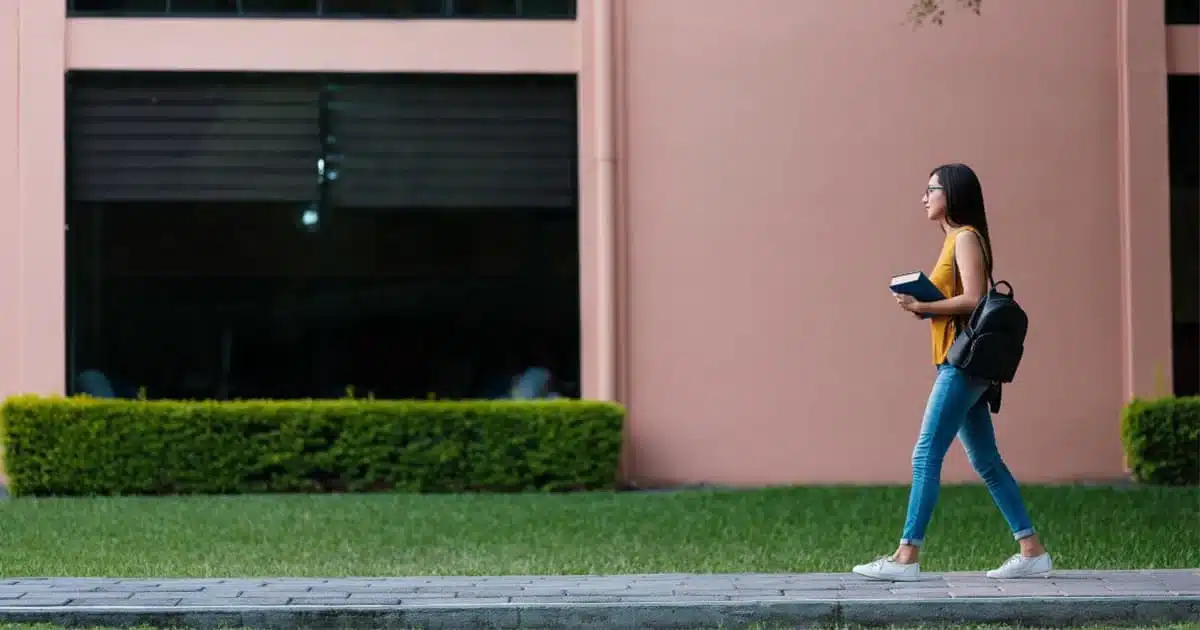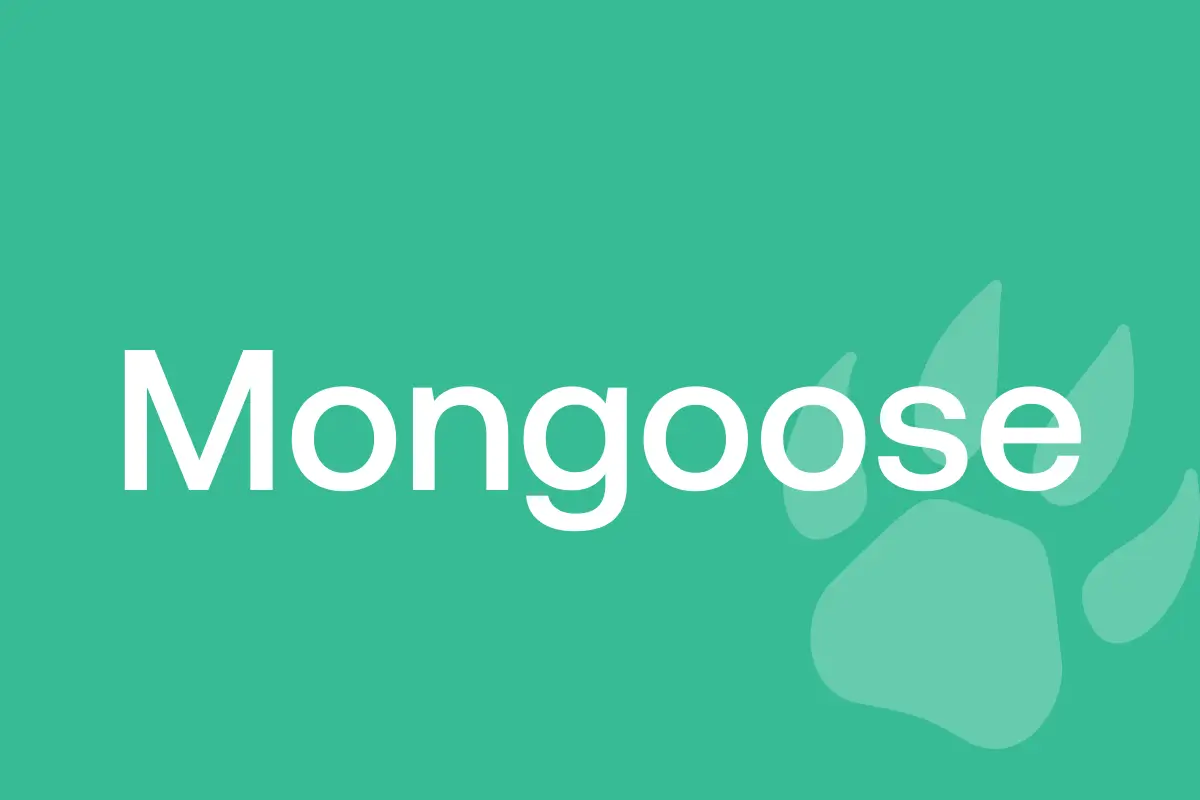2023 Higher Ed Trends with Inside Higher Ed’s Scott Jaschik

In this episode of For Your Institution (FYI): Scott Jaschik, Founder and Editor at Inside Higher Ed, dives into his predictions for 2023 and what institutions need to know for the year ahead.
Here are Scott’s top ten admissions issues for 2023:
1. COVID-19 is Still Here
The landscape looks different than it did in the beginning of 2022, but the COVID pandemic is still affecting higher ed institutions, especially in admissions. Students are still restricting their visits to campuses. Parents have concerns about the safety of their children, and they’ll want to feel comfortable about your institution’s plan should an outbreak occur.
“I don’t know when COVID will end, but for colleges, it depends on where you are. Some colleges have been super strict about regulations, some have not been strict about COVID. For Admissions people, the important thing is to talk about how COVID is real and how to live with it. Get it out there and talk about this issue with everyone, especially parents.” – Scott Jaschik, Inside Higher Ed
2. A Different Landscape for Regional Institutions
Higher ed enrollment varies from institution to institution, but the overall numbers have declined. For elite institutions, the financial outlook is quite good. Yet at many regional colleges, both public and private, it’s been a struggle the past few years to meet enrollment goals.
“For admissions professionals with the best of plans, you might be blamed by your presidents. And it might have nothing to do with your admissions office. You have a tough job. Some colleges, based on creativity or demographics, are doing well. How do you get in that group is the main question.” – Scott Jaschik, Inside Higher Ed
3. Community College Obstacles
When unemployment is down, admissions at community colleges will often suffer. 2022 was a challenging year for community and technical colleges, but a recent recession could create a need for the professional advancement these institutions offer. People who want to improve their situation will seek to earn a degree and community colleges should create messaging that stresses the importance of higher education.
“Community college enrollment is down, seriously down, two years in a row. And that is never a good thing for any college. They get their money from tuition revenue, and state appropriations are based on enrollment. Plus, this is their mission, to help students. Students can get a good job at a higher than minimum wage at any place. That’s a reality. Those jobs might not be good for building a career, and community colleges need to emphasize that.” – Scott Jaschik, Inside Higher Ed
4. Transfer Enrollment Is Hurting
When transfer enrollment is down, it affects all colleges and universities. According to Inside Higher Ed, transfer enrollment fell 14% during the pandemic and is down 6.9 percent overall. 2022 is the second year in a row that it’s dropped. Institutions invest resources to recruit transfer students and count on that revenue to reach their goals. With fewer transfer students available, they might have to find creative ways to make up the difference.
“Transfers from community colleges to four-year institutions dropped 11.6% this spring. The transfer picture could get worse. Students are not finishing community college, and they are not transferring. That is a huge problem for many institutions working hard to get the transfer enrollment.”
5. Direct Admissions Have Arrived
With direct admissions, the student does not have to apply to a college to enroll. Students can create profiles with virtual companies used by colleges, then gain acceptance based on that profile. Because applying to and enrolling in college can be confusing and time-consuming, direct admissions is appealing to many prospective students.
“More colleges, primarily non-competitive colleges, are using direct admissions. The colleges report that their students love the idea. This is a true reversal in the admissions process. Will competitive colleges find a way to embrace this idea? I think this is one of the biggest changes in admissions to happen very quickly that we have ever seen, and I think it creates a lot of opportunities.” -Scott Jaschik, Inside Higher Ed
6. College Rankings Are On Their Way Out
As the end of the year approaches, law schools like Yale and Harvard have already shared they intend to drop out from the upcoming US News National University Rankings report. The higher ed industry is now waiting to see if undergrad colleges will follow suit.
“Most colleges would be thrilled if the rankings died. There are so many problems with the rankings, and there are so many good colleges that receive no attention based on their rankings. College is about individual students and rankings do not reflect that. It’ll be interesting to see what happens in the spring.” – Scott Jaschik, Inside Higher Ed
7. So Are Standardized Tests
In 2022, more and more institutions will use test-optional or test-free admissions. When the pandemic forced isolation, remote learning, and virtual admissions, most colleges admitted students without requiring the SAT or ACT. Now with COVID restrictions lifting, any student can get a test, but institutions are still choosing not to require one. This trend could continue in 2023.
“Most colleges that have made the switch are fine with it. MIT and Purdue get a lot of attention as exceptions, but I think we’re going to continue to see a post-standardized test world right now.” -Scott Jaschik, Inside Higher Ed
8. Affirmative Action Is In Danger
On October 31, 2022, the Supreme Court heard the case on Affirmative Action in college admissions. The issue is whether or not, when evaluating applicants for admission, race could not be a determining factor. A decision is likely to be reached by the spring of 2023, but colleges can start preparing for the result now.
“Colleges are not ready for this. It is extremely hard to imagine UNC or Harvard winning the case. This will have a huge effect on higher education. If you have a program for Latina women in science, you might not be able to have that program in the future. I don’t see colleges doing anything about this coming change, and that will be very traumatic for them.” -Scott Jaschik, Inside Higher Ed
9. International Students Remain Uncertain
COVID put a hold on students traveling abroad to the US for studies. With travel restrictions lifted in most places, there’s now more opportunity for international students. The US is still an attractive destination for students, and colleges and universities are very competitive in recruiting international students. It remains to be seen if there will be an increase in international students in 2023.
“The transfer student numbers are still not up where they should be. It’s not that students don’t want to come to the United States. Part of it is COVID-related, and part of it is US relations with countries like China.” – Scott Jaschik, Inside Higher Ed
10. Schools That Engage Are Thriving
Not all higher ed institutions had down years in 2022. Scott points out that some smaller schools, such as the SUNY College of Oswego in New York State, have experienced an increase in applications, admissions, and deposits. While that’s a very small sample size of institutions, the engagement lessons learned at SUNY Oswego can be implemented at other schools.
“If you look at Oswego’s numbers, you’ll see their applications are down from 2018, but they’ve gotten about one thousand more students. They made everyone at the school care about admissions. They got the faculty involved. You can succeed if you do it right.” – Scott Jaschik, Inside Higher Ed
Learn more about the Top Ten Admissions Issues of 2023 in our FYI episode below, and register for upcoming FYI events!
Author:





